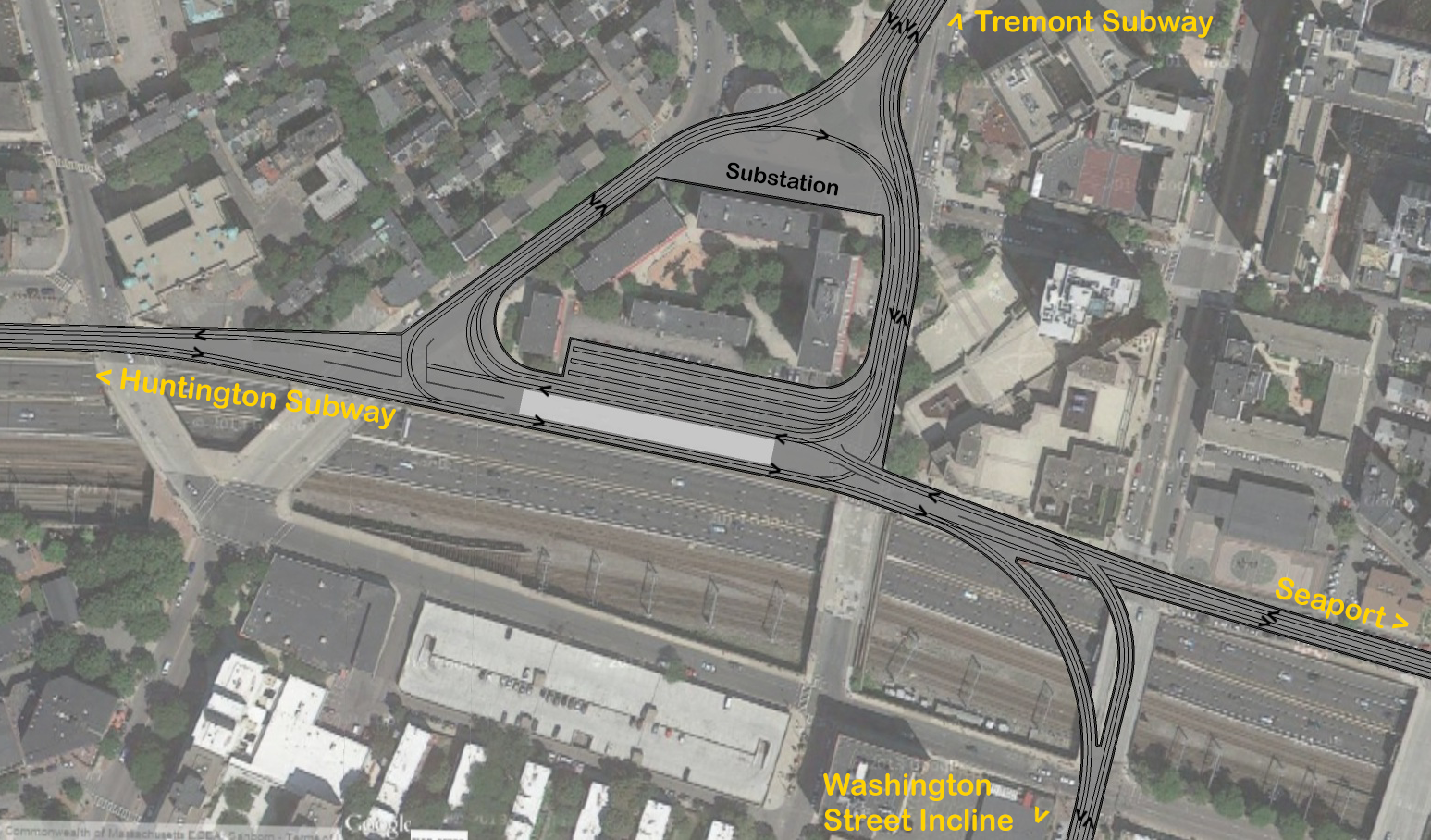I'm continuing my series about extending the Blue Line west beyond Charles/MGH.
This week's post discusses possible "first phases" for such an extension, toward Kenmore or toward Kendall.
I have to admit, I struggled a bit with this part of the series. There really are just two options that are thrown around and considered at all realistic; we don't know
that much about how they stack up against each other, because they've never been studied and have almost no historical precedent; and while both present excellent benefits, they also each have non-trivial drawbacks, which means that neither one quite feels "brilliant" or "inspired".
I also felt a bit that I was covering the most boring part of the series. The sense I get is that most people perusing this thread have already heard of extending the Blue Line to Kenmore -- usually in tandem with a Blue-to-Riverside extension, which I cover next week. Blue-to-Kendall gets less consistent attention, but once you get past Kendall, there is no consensus on where to go next, or what role the Blue Line should be playing in the network at that point. So I feel there isn't much to say.
Next week's post is where we get to the "fun" stuff -- Blue to Riverside, Blue to Watertown, Blue to Waltham. I'll go into a lot more detail there, which is why I spun this first part off into a separate post. But those "fun parts" need to be built on a foundation, so I guess here we are, eating our vegetables before desert.
I should also say -- transit geology is not something I'm super knowledgeable about. Individuals I respect have walked me through how a subway under Storrow would be feasible, so I feel confident in that proposal (even if I don't feel confident in my ability to explain it). The extensions to Cambridge, I feel much less solid about (no pun intended). Back in the day, F-Line was pretty insistent that tunneling under the Grand Junction was a non-starter, which would impact two of the three Cambridge alignments I discuss in my post. I make a handwaving comment regarding the challenges of working with landfill, but I'm not confident on it to speak authoritatively. However, if Grand Junction alignments are indeed ruled out, then the Cambridge options take a big hit.
Avoiding the Grand Junction by doubling up the Red Line under Main St and Mass Ave sounds like a tunneling nightmare, and I don't think tunneling to the north toward Somerville (e.g. under Hampshire St) fulfills a pressing transit need (my earlier crayon map of the Blue Line taking over GLX notwithstanding). So, if I'm being honest, I do believe that the Kendall option starts off at a disadvantage.
One reason that I chose to sidestep the geology questions is because of where I go in the last two posts in the series after this. I think, when you take a step back and look at the big picture, the Kenmore option wins out without needing to take the geology into account -- ultimately I believe there are more compelling reasons in favor of a Kenmore alignment that render the geology question moot.
Hopefully in time I'll learn enough to feel confident publishing a follow-up piece that gets into these details! But for now, this will have to suffice.


